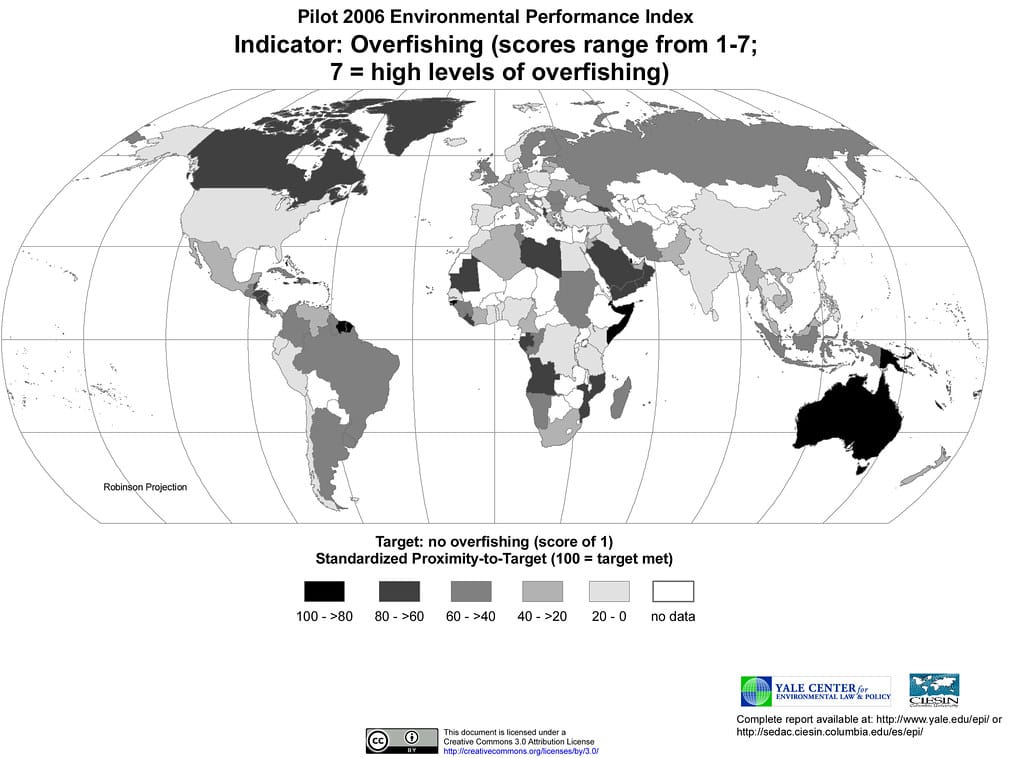Atlantic Cod Are Shrinking Fast: How Overfishing Has Cut Fish Size in Half Since the 1990s
A groundbreaking new study reveals that decades of intensive fishing have fundamentally altered one of the ocean's most important species. Atlantic cod caught today are roughly half the size they were in the 1990s, representing one of the most dramatic examples of how human activity is reshaping marine ecosystems in real-time.
The research, which analyzed decades of fisheries data across the North Atlantic, shows that average cod body length has decreased by approximately 50% over the past three decades. This isn't simply a case of fishermen catching smaller fish—the cod themselves are evolving to be smaller as a direct response to fishing pressure.
The Science Behind the Shrinkage
The phenomenon driving this dramatic change is called "fisheries-induced evolution." When fishing operations consistently target the largest fish in a population, they create powerful selective pressure favoring smaller individuals who can reproduce before reaching sizes that make them attractive to commercial fishers.
Dr. Maria Lövgren, lead author of the study published in Marine Ecology Progress Series, explains: "We're essentially breeding smaller cod by removing the biggest ones from the gene pool year after year. The fish that survive to reproduce are increasingly those that mature at smaller sizes."
The data shows that cod in heavily fished areas now reach sexual maturity at sizes 30-40% smaller than their ancestors did just 30 years ago. What once required a cod to reach 60-70 centimeters in length now happens at just 35-45 centimeters.
Beyond Size: Cascading Ecosystem Effects
The implications extend far beyond individual fish measurements. Smaller cod produce fewer eggs—a large female cod can produce millions of eggs, while a smaller one might produce only thousands. This reproductive impact compounds the species' recovery challenges even when fishing pressure is reduced.
"Size matters enormously in marine ecosystems," notes Dr. James Richardson, a marine biologist not involved in the study. "Smaller cod eat different prey, occupy different ecological niches, and support different predator relationships. We're looking at fundamental ecosystem restructuring."
The study tracked populations across multiple regions, from the North Sea to the Grand Banks off Newfoundland. While the trend is consistent across locations, the most dramatic changes occurred in areas with the longest history of intensive industrial fishing.
A Global Pattern Emerges
Atlantic cod aren't alone in this evolutionary response. Similar patterns have been documented in:
- Pacific salmon: Average size decreased by 25% since the 1970s
- North Sea plaice: Body size reduced by 35% over four decades
- Mediterranean tuna: Significant size reductions despite international management efforts
The cod study, however, represents the most comprehensive long-term dataset available, spanning nearly continuous monitoring from 1985 to 2023 across multiple fishing zones.
Economic and Cultural Consequences
The shrinking cod phenomenon carries serious economic implications for fishing communities. Smaller fish mean lower market values per individual catch, requiring fishermen to catch more fish to maintain income levels—creating a vicious cycle that accelerates the evolutionary pressure.
Traditional fishing communities in places like Newfoundland and Norway report that their fathers and grandfathers routinely caught cod weighing 20-30 pounds, while today's typical catch weighs 3-5 pounds.
"The cod my grandfather caught could feed a family for days," says Erik Olsen, a third-generation Norwegian fisherman. "Now it takes ten fish to match what one used to provide."
Recovery Remains Possible—But Time Is Critical
Despite the sobering findings, researchers emphasize that fisheries-induced evolution can potentially be reversed through sustained management changes. Computer models suggest that reducing fishing pressure could allow cod populations to recover their ancestral size over 50-100 years—roughly 10-20 cod generations.
Several promising management approaches are showing early success:
- Size-selective fishing gear that allows large breeding fish to escape
- Marine protected areas where cod can reach full adult size
- Seasonal fishing restrictions during peak reproductive periods
The Bigger Picture
This research underscores how human activities can drive rapid evolutionary changes in wild populations. The cod study provides compelling evidence that we're not just depleting fish stocks—we're fundamentally altering the genetic makeup of marine species.
As global fish consumption continues rising and climate change adds additional stress to marine ecosystems, understanding and addressing fisheries-induced evolution becomes increasingly critical for long-term ocean health and food security.
The message is clear: the choices we make about fishing practices today will determine not just how many fish swim in our oceans tomorrow, but what kinds of fish they'll be.
